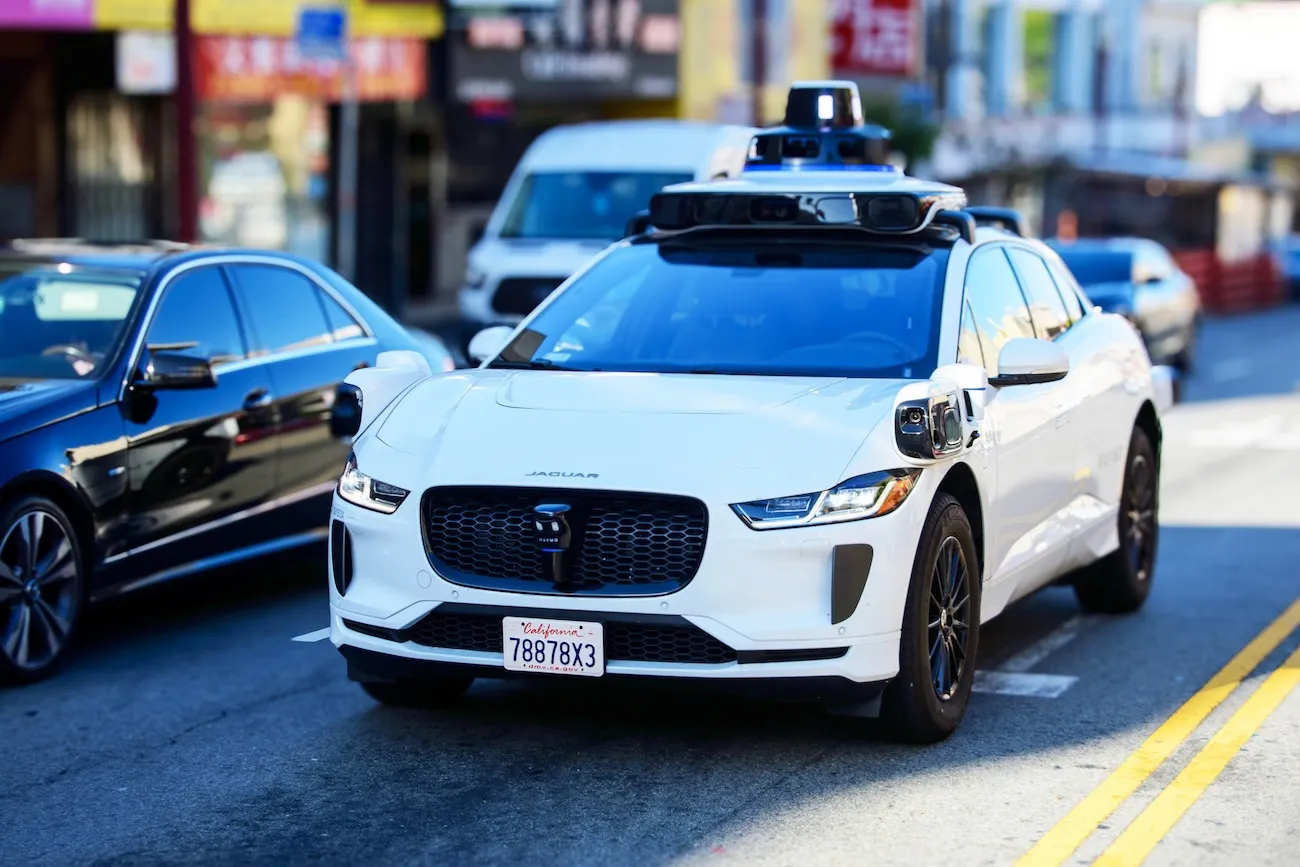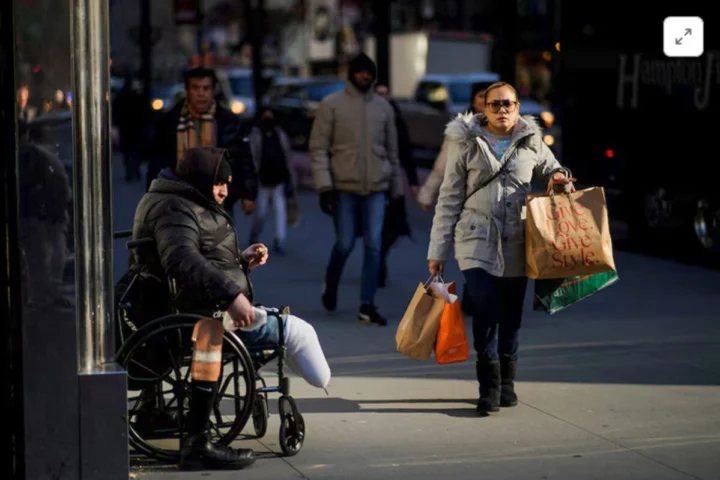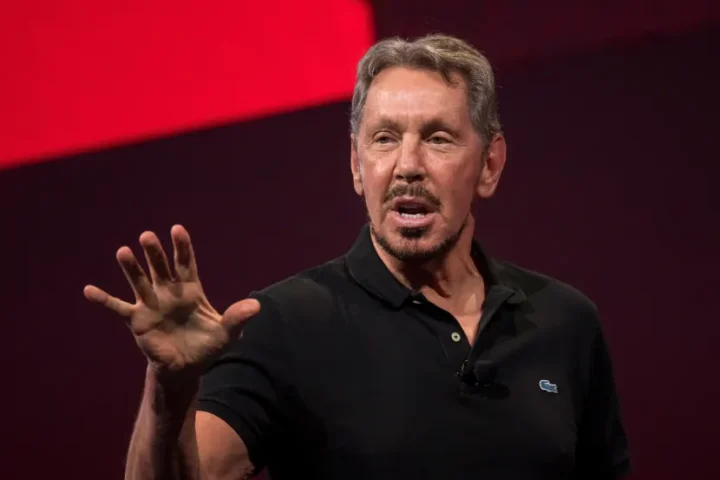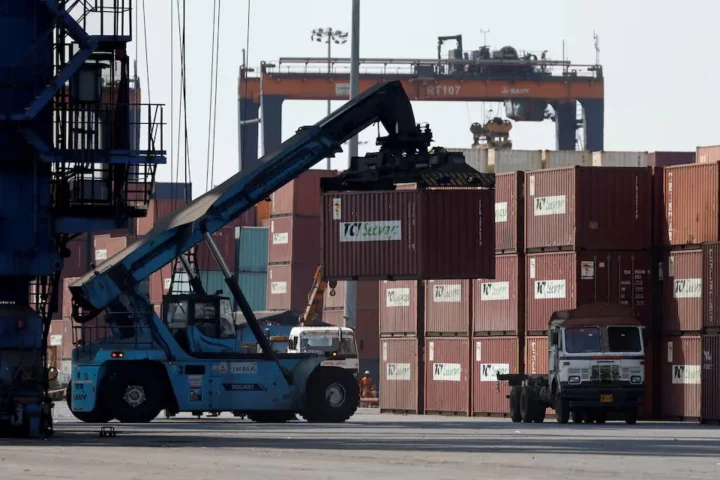Waymo just won the first permit to test autonomous cars on New York City streets. It’s a milestone, but the limits are clear. These are tests, not taxi rides. A trained operator must sit behind the wheel at all times. No paying passengers. Routes are confined to set areas in Manhattan and Downtown Brooklyn.
The city is cautious. Waymo has to share testing data, follow strict rules for handovers and system failures, and stick to safe driving protocols. That means low speeds, smooth lane changes, and special care around buses, schools, and bike lanes.
Regulators kept the power to pull back. If crashes, near misses, or odd behavior pile up, the city can tighten restrictions or halt the program. In short: New York is letting AVs in, but on its own terms.
Why New York Is a Crucial Test
Other cities give AVs easy ground—wide roads, calm traffic, friendly weather. New York is chaos. Midtown can throw more challenges in one block than a suburb offers in a day. Trucks double-park, carts roll into the street, pedestrians jaywalk, cyclists weave between buses, and emergency vehicles cut through gridlock with no clear path.
Closed courses and simulations can’t mimic that. This is why New York matters. It will expose where the tech falls short—how sensors handle clutter, how predictions deal with human improvisation, how fast the car hands control back to the human driver. Every “edge case” is daily reality here.
For Waymo, the risk is worth it. It already runs driverless service in Phoenix and San Francisco. Proving it can handle New York—the hardest market in America—would strengthen its claim that the system can scale anywhere. For the city, the upside is information. Officials want to know if AVs really support safer streets: steady speeds, fewer risky maneuvers, no surprises around buses or bikes.
But public patience will be thin. New Yorkers notice if cars block hydrants, loading zones, or bike paths. That kind of behavior, even without a crash, could sour opinion fast. Trust will also depend on how cars behave near schools, hospitals, and vulnerable pedestrians. In this city, credibility is earned block by block.
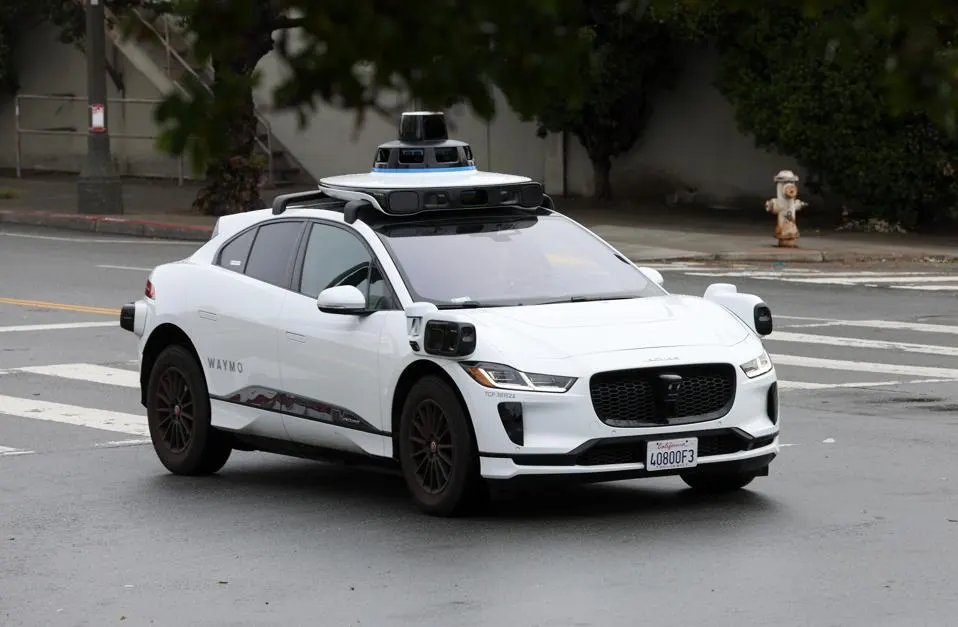
What Comes Next: Safety, Trust, and the Long Road to Robotaxis
The early phase will be slow and heavily monitored. Every time a safety driver takes control, it’s logged and studied. Regulators will care less about raw miles and more about patterns—how the cars yield to people, respect bus lanes, and navigate around seniors, kids, and cyclists.
Two barriers stand between these tests and full driverless rides. First, state law still requires a human in the seat. That will take legislation to change. Second, the public has to believe removing the driver won’t make the streets more dangerous. That proof must come through data, independent audits, and open reporting when problems occur. Not just when things go right.
If the pilot shows steady progress—fewer handovers, safe interactions, no major incidents—routes could expand, more cars could be added, and tougher conditions like rush hour might follow. If not, the city can hit pause.
The point isn’t speed. It’s control. By letting Waymo in under strict guardrails, New York chose to learn in public rather than wait. If it works, the city creates a model for how dense places can bring AVs in carefully: start small, measure everything, scale only when safe. If it fails, the lesson is just as valuable.
Either way, the next chapter of self-driving cars is now playing out on the hardest streets in the country. And the final judgment won’t come from press releases or city hall. It will come from New Yorkers crossing the street, riding bikes, and moving through traffic every day.


